|
|
|
 Joel's Blog Joel's Blog |
 Built-It Blog Built-It Blog |
 Video Roundup Video Roundup |
 Classes & Events Classes & Events |
 Work Magazine Work Magazine |
| Newer Entries... | |
 | Wisner Tool - 09/28/2016 |
 | Krenov Quality Plane Irons - 09/14/2016 |
 | Gabba Gabba Hey! - 08/17/2016 |
 | Summer News! - 08/10/2016 |
 | The Unisphere - 08/03/2016 |
 | A Walk Up Fourth Avenue - 07/31/2016 |
 | The Joiner and Cabinetmaker - Free Downloads - 07/27/2016 |
 | Chisel Detective - 07/13/2016 |
 | Chairs from China - 07/06/2016 |
 | Architectural Woodwork and a Look at Thomas Moser - 06/29/2016 |
 | Two New Books for Tool Collectors - 06/22/2016 |
 | Which Festool Sander Should I Get? - Updated - 06/15/2016 |
 | A Thrilling Visit to the Pennsylvania Academy of The Fine Arts - 06/08/2016 |
 | Physical Graffiti - 06/01/2016 |
 | Sharpening With Diamond Stones - Conclusions - 05/25/2016 |
 | YouTube: Woodworking In Asia - 05/18/2016 |
 | The Saw-Book Quarterly January 1903 - 05/04/2016 |
 | Big Discounts on Festool Vacuums, Demo Days, and Sharpening Classes, and Surprise Sale Bin Stuff - 04/27/2016 |
 | The Old Merchant's House - 04/20/2016 |
 | Festool All Brilliant Abrasives and 15V Cordless Drills Being Discontinued - 04/13/2016 |
| Older Entries... | |
|
Hours: M-F 9:00-5:00, closed Sat,Sun Our Guarantee & Return Policy Shipping and Sales Tax Info Privacy Policy Holiday Calendar |
|
Contact Us:
Email: support@toolsforworkingwood.com Phone: 800-426-4613 or 718-499-5877 Visit Us in Brooklyn: Directions to Our Showroom © 1999-2019 toolsforworkingwood.com Powered by 01 Inc. Coded entirely in NYC |



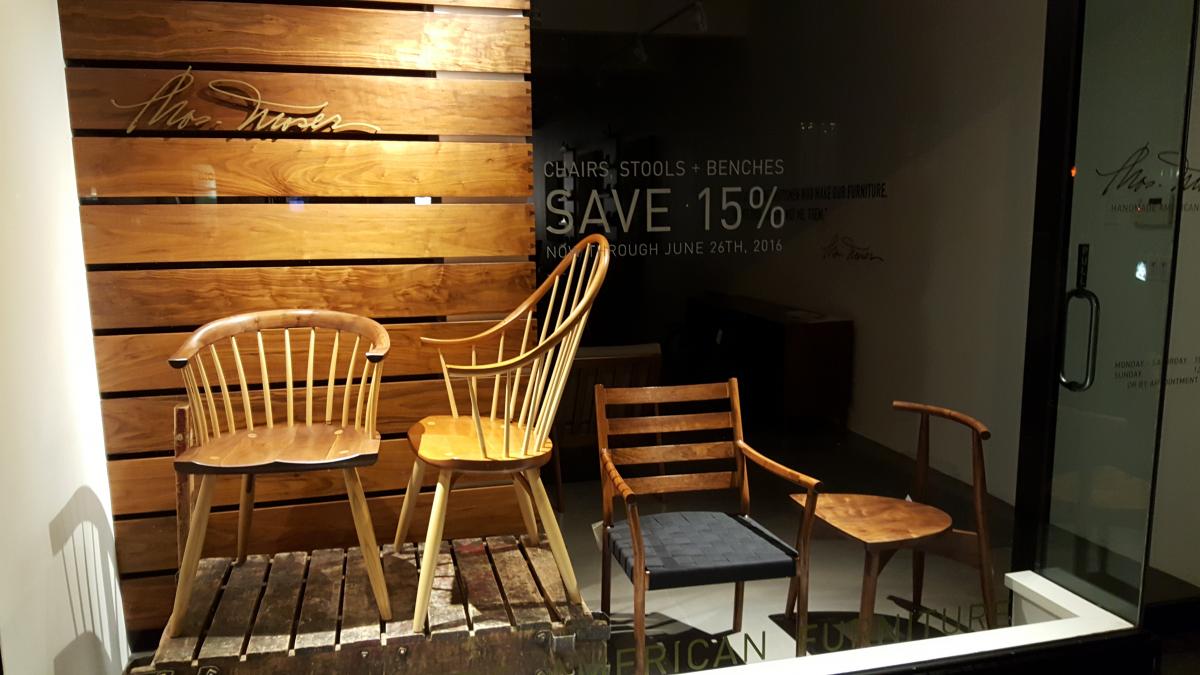
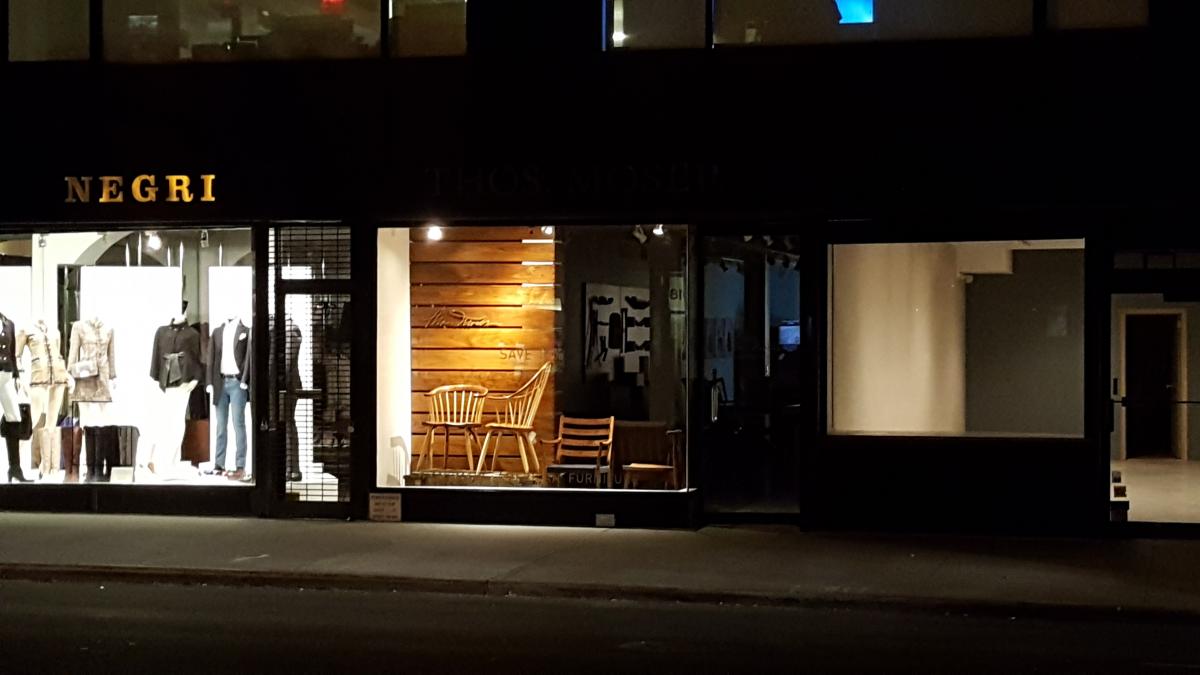 I was walking to the subway after 11:00 PM after seeing "The Taming of the Shrew" (Not Will's finest hours) in Central Park. On Madison Avenue I was pleased to see the Thomas Moser's showroom has moved to the ground floor. As Madison Avenue has some of the most expensive rents in the world for retail ($500-$1000/sq foot/year) I am hopeful that business is good. There just aren't too many traditional American furniture makers left. Moser, rightly so, has chosen the high end, and seeing his solid wood wonderfully made pieces in a lit window at night next to stores with thousand dollar bathing suits and three thousand dollar purses made me hopeful.
I was walking to the subway after 11:00 PM after seeing "The Taming of the Shrew" (Not Will's finest hours) in Central Park. On Madison Avenue I was pleased to see the Thomas Moser's showroom has moved to the ground floor. As Madison Avenue has some of the most expensive rents in the world for retail ($500-$1000/sq foot/year) I am hopeful that business is good. There just aren't too many traditional American furniture makers left. Moser, rightly so, has chosen the high end, and seeing his solid wood wonderfully made pieces in a lit window at night next to stores with thousand dollar bathing suits and three thousand dollar purses made me hopeful. 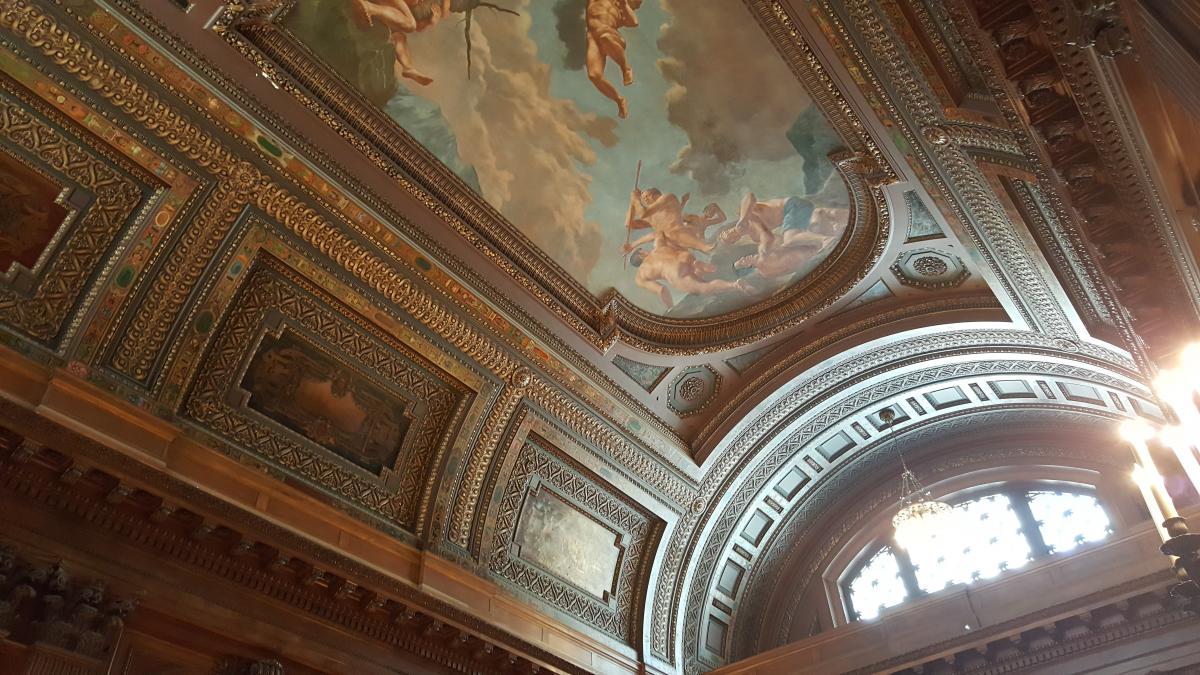 I've been busy this past week with my son's graduation and getting ready for our
I've been busy this past week with my son's graduation and getting ready for our 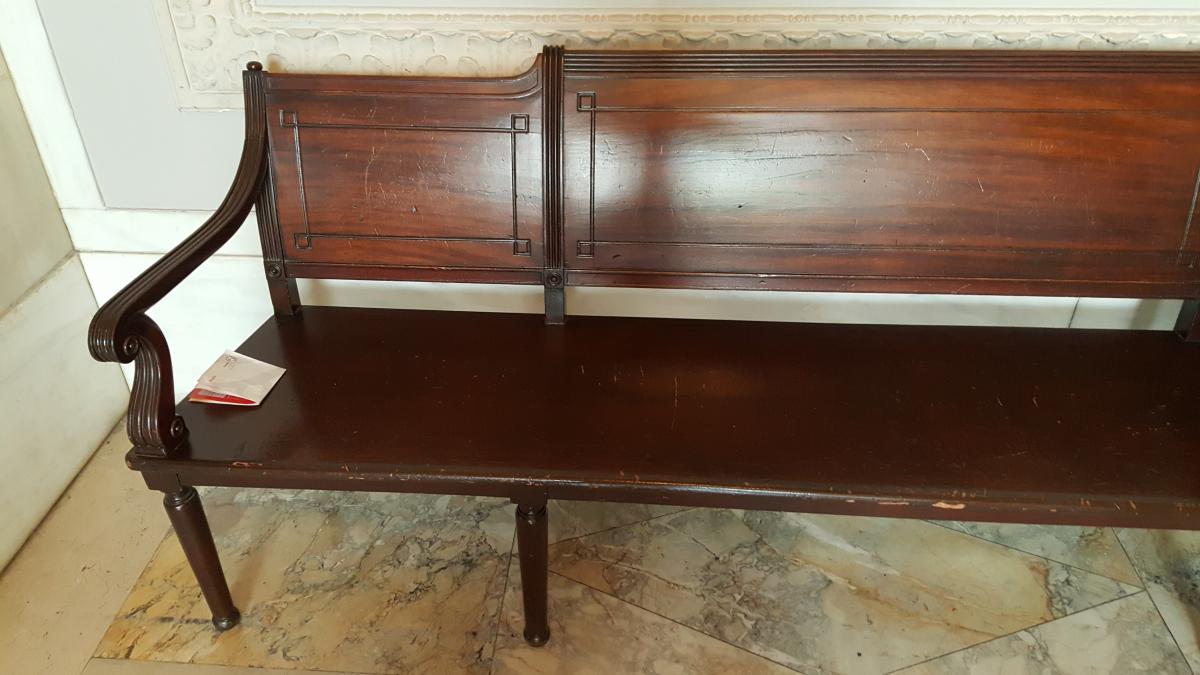
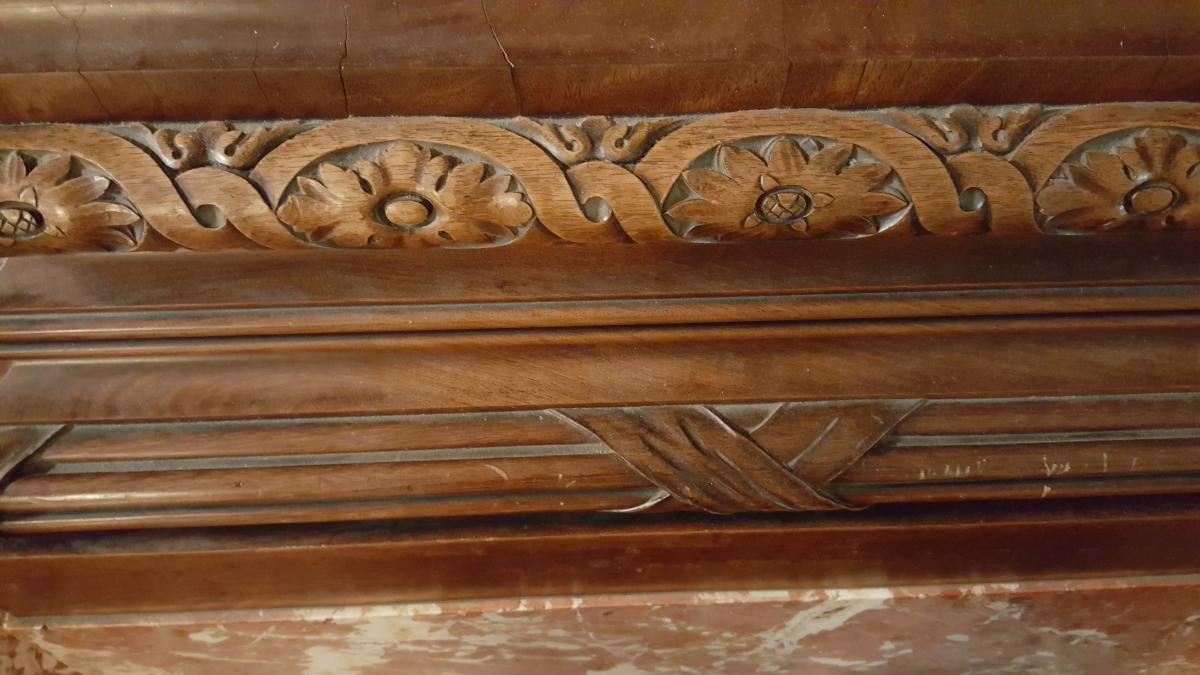
Gavin
Three weeks ago I found a jewel on Sy Marks place. Three story building that was a German gun club and assoc.
My daughter found the history of it on the web which pointed out that from the East Village to the mid 40's on the east side was all German from the 1890's to the 1930.
Love Thomas Moser, have been to home store in Maine several times. Just wanted to say they have a program that if you buy something on order you can go to the shop and assist in the finish process. They also have classes for repeat buyers that get you into the making process.
Next time we go, we'll be sure to stop in to see Thomas Moser's showroom. Your recommendation comes high.
Michael